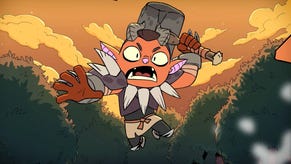The Witcher 3: Wild Hunt – an open world done right
The Witcher 3: Wild Hunt fronted an E3 demo three times longer than other games. Was that really necessary? Oh, yes, says Catherine Cai.
Behind closed doors at E3, CD Projekt RED showed off a sprawling 45-minute presentation to the trilogy's finale. To give you an idea, most demos at E3 are usually 20 minute affairs, including Q&A. Was the extra time for the presentation necessary? You bet.
Open world was the catchphrase of E3 2013. Just about every developer working on a next-gen game excitedly discussed the possibilities with new technology and an open world setting. And it makes sense: when you have cool new toys to play with, why not show off what cool tricks it's capable of performing?
That attitude is precisely why we have a bevy of games of the open world persuasion for the PS4 and Xbox One. Though developers' optimism for the open world in a next-gen setting is infectious, I'm still a little hesitant. Too often, developers spend more of their time bragging about the size of the world they've created, rather than worry about what they've decided to populate their world with. The result is often vast, yet boring, landscapes. I'll admit it's why I've never been able to finish a single Grand Theft Auto game to date and why I was a little nervous when CD Projekt RED announced that The Witcher 3 was going to be an open world game.
Both The Witcher and The Witcher 2 were linear experiences for the sake of the flow of the narrative. I enjoyed both games because they were games that weighed story to be just as important, if not more, than gameplay. It's a design philosophy that most developers don't take after.
The mechanics of an open world game don't tend to mesh well with a fast-paced story. Side quests and long distances between locations, meant to encourage exploration, only serve to distract a player's attention away from the main storyline. Many open world games, like Grand Theft Auto, attempt to skirt this issue by having plots without really having any sense of urgency to them. It creates a disjointed narrative experience; players don't really feel compelled to play the main story in lieu of the many, many other interesting things there are to do in the game.
Games like Fallout 3 or Skyrim, which steer the player towards the main storyline by turning it into a "do or die" situation don't do it any better. The world's ending and Dragonborn's just dicking about picking flowers to finish so-and-so's quest, just because the developers didn't see the necessity of tying side quests into the main quest from a narrative standpoint.
I sat down with CD Projekt RED's game director Konrad Tomaszkiewicz after watching a 45-minute gameplay demo of The Witcher 3 to discuss the series' transition into the open world.
"Every landscape has got its own storyline. In every landscape, you need to gather some information. If you gather all you progress in the storyline. Every landscape got these quests that are quite near themselves, because we need to be sure that we can achieve this intensity of the storyline."
"Yeah, it's very, very challenging, because we have this goal that we want you to have the same intense feeling/experience that you got you got in The Witcher 2 and we want to combine it with the open world. Not the other way," said Tomaszkiewicz.
"We got these challenges - you know, these huge distances between these points and you can forget what you need to do, and so on."
He isn't exaggerating about the large distances in The Witcher 3. Part of the reason why the E3 demo was the 45-minute monster that it was, was precisely to show off just how expansive the game is.
"We decided to create these three main landscapes. One you saw in the presentation. It was Skellige Archipelago. This is only one of them. We got also what we call No Man's Land. It's a 'Slavic mood' landscape. And we got the biggest city in the world Novigrad and the surroundings."
In the demo, Geralt begins wandering about in the Skellige Archipelago to meet Jarl Crach. Crach has commissioned the witcher to looking into the Wild Hunt, which has destroyed one of his villages. Only one survivor remains as a witness to the grisly deed. Naturally, Geralt heads off to look for this villager.
"Every landscape has got its own storyline. In every landscape, you need to gather some information. If you gather all you progress in the storyline. Every landscape got these quests that are quite near themselves, because we need to be sure that we can achieve this intensity of the storyline.
"Second thing is that after few hours when you're playing in this landscape and you get into the city, we ask player to go far from this point. When you're travelling there, you'll see points of interest in the distance," explained.
The demo showed this off flawlessly. Not long after meeting with the survivor, Geralt comes across a village that's been plagued by some sort of wood spirit. The villagers are at odds with how to deal with the problem. The elders believe that the wood spirit is a being to be worshipped, and that returning to traditional roots is the best way to appease the wood spirit and keep it from killing again. The younger villagers are skeptical and believe that the wood spirit is a threat to be murdered.
Geralt, stumbling across this conversation, is willing to help the villagers solve their problem, for a price. After a quick investigation in the woods, Geralt finds evidence of the beast's nature via scratch marks on a tree trunk. He believes the monster to be a Leshen, which is a level up from your ordinary monster.
The player then is faced with one of the many choices they'll have in the game: they can decide whether they want to approach Harald, the one most vocal about worshipping the spirit, or Sven, a younger villager who wants to kill the beast. In the demo, Geralt chooses to side with Sven, who's attitude is one that's far too enthusiastic about killing the woodland spirit. When Geralt explains that Leshen always "marks" a villager to prevent its death, and that the villager happens to be Sven's girlfriend, Sven is more than willing to offer her up.
After all is said and done and Geralt takes down the Leshen, he returns to the village for his payment. It turns out that Sven and his cronies have slaughtered the town elders and his enthusiasm for murdering the woodland spirit was really a play for power. The unforeseen conclusion to this all was rather unfortunate, but the witcher doesn't involve himself in petty villager's squabbles.
What was most striking about the demo was how organic every encounter felt. Though The Witcher 3 may not have found the solution of the disruption of the narrative as a result of gameplay—and it's entirely possible that there just might not be one - CD Projekt RED's definitely figured out a good sense of pacing between encounters and side quests to keep the player engaged.
Rather than having no impact on an empty, husk of a world, the player's choices will leave visible changes. "You need to have believable situations," said Tomaszkiewicz. "If you put only black and white choices into the game, you will feel that it is [sic] a fake.
"And these choices are very hard sometimes. You need to leave later with the consequences of these choices."
Should the player decide to return to that same village in a few months, there will no nothing left but its charred remnants. Sven ran the village to the ground, to the point that it was no longer able to defend itself from outside attacks. These are consequences you must live with throughout your play through. This choice is just one of the many that the player is able to make to shape the world, albeit in a way that they never expected.
The Witcher 3: Wild Hunt is coming to PC, PlayStation 4 and Xbox One in 2014.



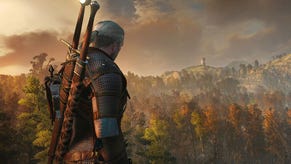
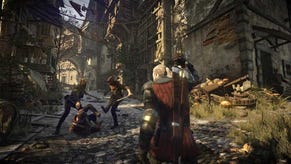
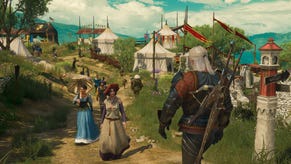
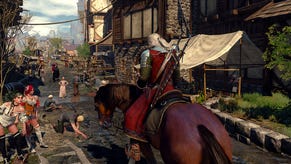

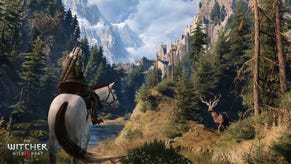

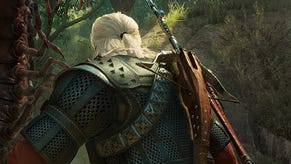
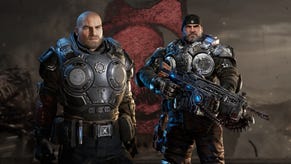
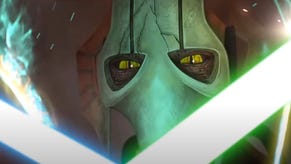
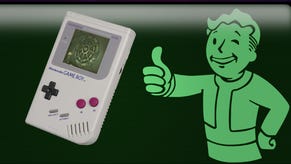
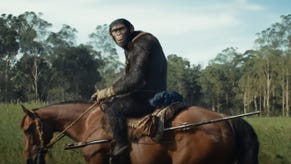
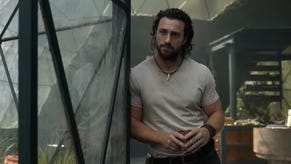
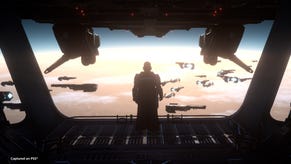
.png?width=291&height=164&fit=crop&quality=80&format=jpg&auto=webp)
